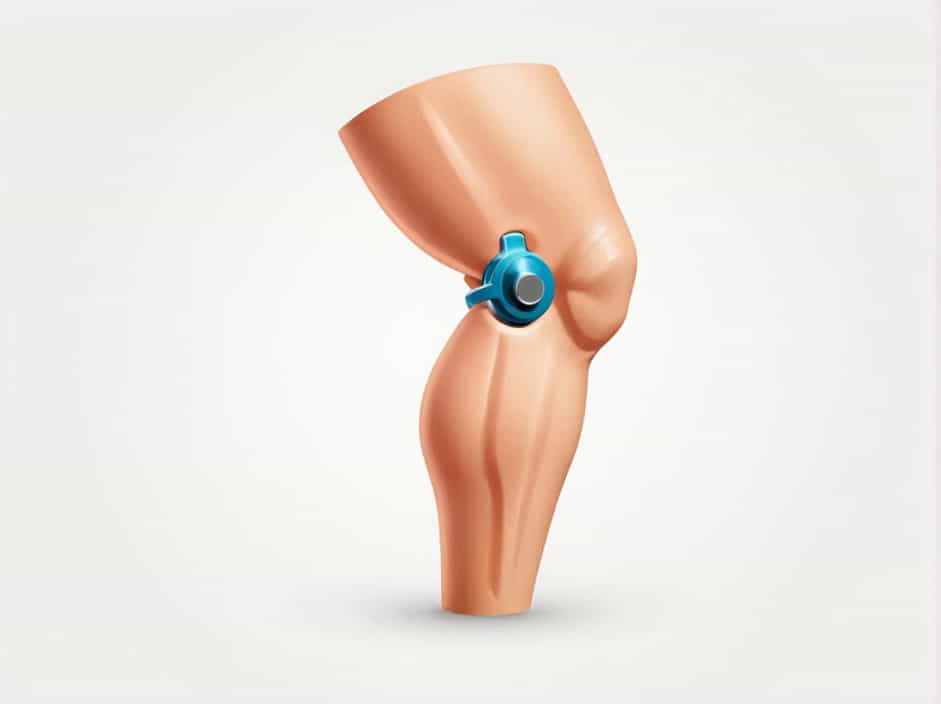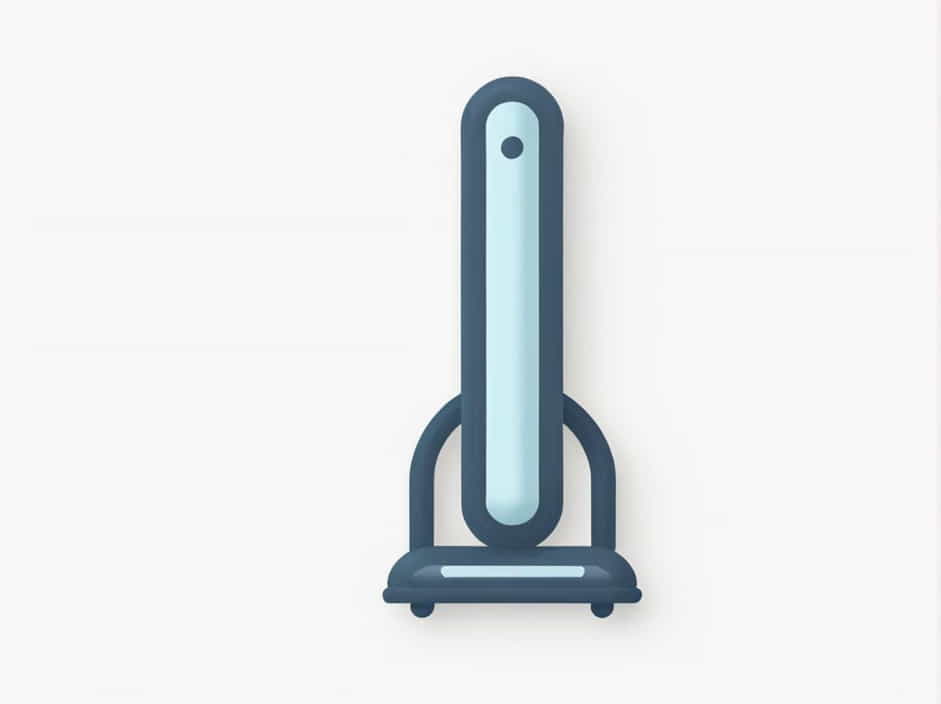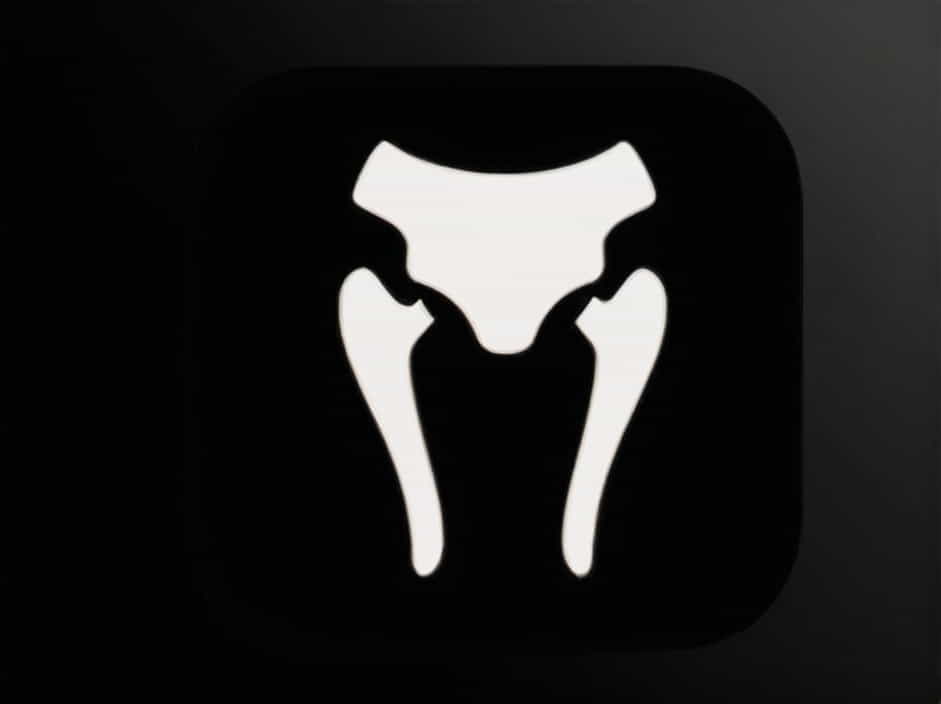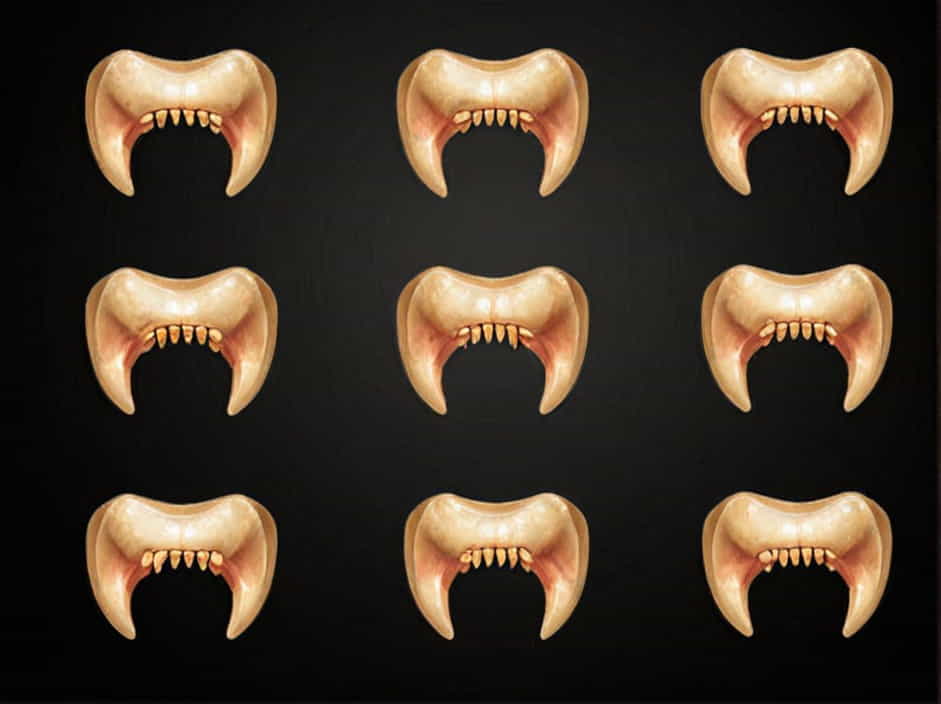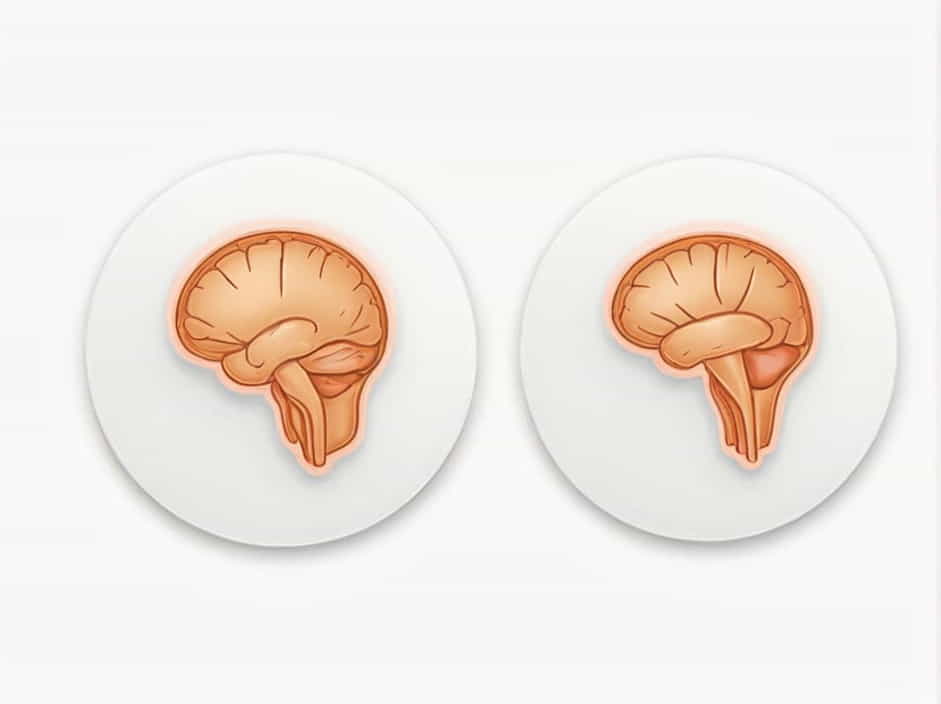Unlocking Of Knee Joint Is Done By Which Muscle
The knee joint is one of the most important and complex joints in the human body. It plays a crucial role in walking, running, sitting, and standing. However, to function efficiently, the knee must be able to lock and unlock at the right moments. One of the most essential muscles involved in the unlocking of … Read more
